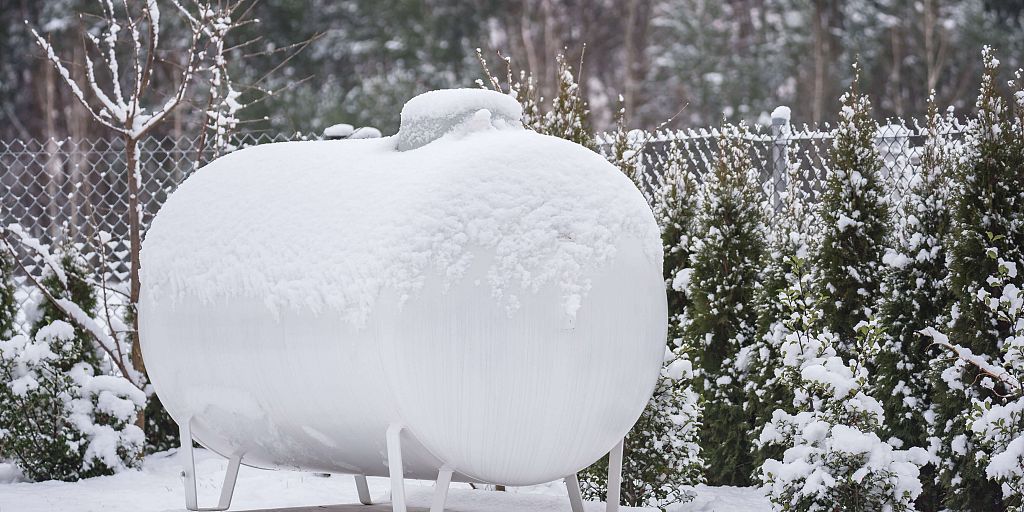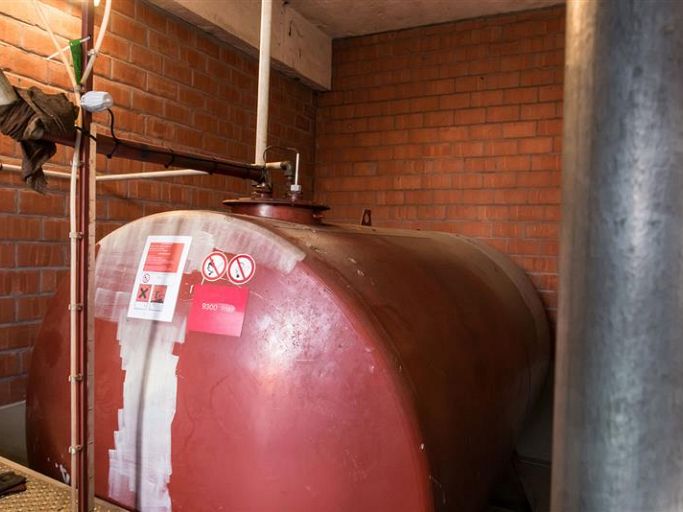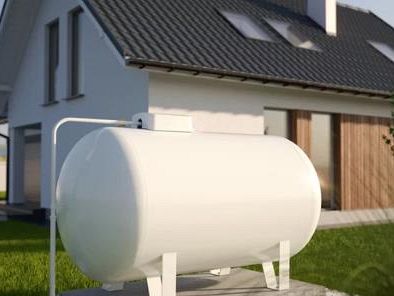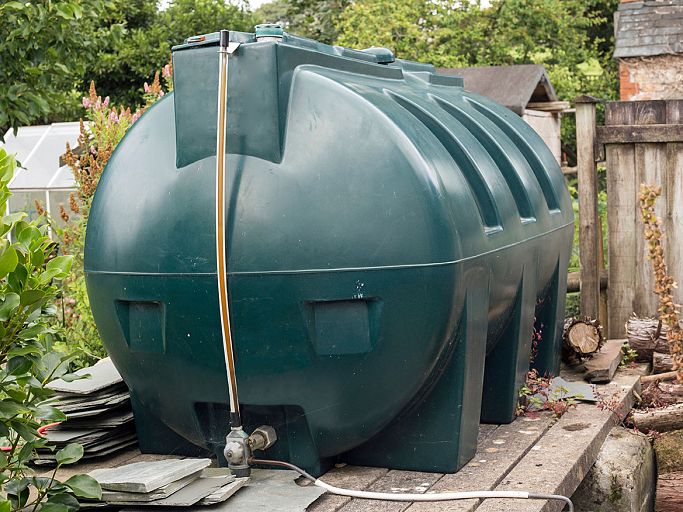- Oil
- Diesel
- Petrol
- AdBlue
- Water
- Sewage
- Hot Water Cylinders
-
Brands
- New Releases
- In Stock
- Sale
- Best Sellers
- Fuel Tank Hire
- More
-
Services
How to prepare your oil tank for winter
10th August 2022 in oil

As we approach the end of summer, preparing your oil tank for the stresses of winter is vital. You may soon be using your heating for the first time in months, and so it’s a good idea to be adequately prepared to make sure you don’t encounter any unexpected costs or breakdowns. We’ve put together a guide to help you keep your tank damage-free and efficient all season long.
Tank inspection
Regular inspections ensure that problems are identified before they escalate. Around once a month is optimum.
1. Full inspection
- Inspect the body of the tank, the base and supports, as well as the pipework, valves and ‘bunds’ around the tank for any cracks, rust, obstructions, or bulging. The latter may indicate weakness in the tank body itself.
- If your tank is bunded, check that there are no spills into the outer layer.
- If you can smell oil, there’s almost certainly a leak.
- It’s important to continue inspections throughout the duration of winter given that harsh weather, such as snowfall, may cause visible damages.
2. Steps to take if damages are identified
- If a leak is detected, the temporary solution is to switch off your oil supply at the tank in order to identify the source.
- Use a container to catch any spills and tape over any cracks to prevent environmental damages.
- If you can identify the source of the leak, arrange for any faulty parts to be replaced. You can contact us to help with this.
- Replace visibly rusty pipes.
- Tanks have a lifespan of around 15 years. If your tank is approaching this age, it may be worth having a new one installed rather than buying new parts.
3. Check for the presence of water in the tank
Given that, from the outside, oil tanks appear secure, you may be wondering how water can get into one in the first place. During winter, which sees a significant increase in the prevalence of rain and snow, there’s a greater chance that water will find its way into your tank, particularly if it’s located above ground. The accumulation of condensation – formed when air seeps through the vents of a part-filled tank – can also increase water levels within it.
As water is heavier than oil, it will sink to the bottom of the tank and contaminate the oil supply. This often makes water unidentifiable until it ends up causing problems with your boiler. In the worst case, water can drown your appliances and result in the need for a full tank replacement. Thus, it’s crucial that any water is detected early and subsequently removed.
4. Water removal
- A heating engineer can check the presence of water on every service. However, if you suspect it, you can use our water detection paste – simply apply the paste to a piece of string / long stick / dipstick to see if there is any water lurking in your tank. Be sure to touch the bottom of the tank with the stick, as that’s where the water will be.
- If the presence of water is detected, the paste will turn from brown to red. You can purchase a water filter or pump it out.
- If you have a steel oil tank, the water can be drained off via the sludge valve at the base of the tank.
- If your oil tank is plastic, you can syphon out the water using a hand pump, available on our site. If you’re having any trouble with this, or there are large amounts to be pumped, you may want to contact a professional.
- Following water removal, your tank should be cleaned out every 5 years to prevent water and sludge build-up at the bottom of your tank.
5. Service your boiler
It is recommended that you have your boiler and oil tank heating system serviced once a year by an OFTEC-qualified heating engineer to ensure its efficiency and identify any faults before they become worse. If you haven’t had your boiler serviced for over a year, there is no better time than to get it checked going into winter.
6. Continue to monitor your oil levels
In order to maintain the condition of your tank and oil supply running up to winter, you should continue to monitor the oil levels in your tank.
- Check that they are always sufficient because if something were to happen, you don’t want them dropping so low that you have no heating when the cold weather comes.
- Don’t allow levels to reach empty, because this causes dirt to collect at the bottom of the oil tank. This dirt can subsequently get sucked into the pipelines and cause problems. Corrosion can also occur, particularly if you have an above ground tank.
- Check oil levels before winter arrives as this also gives you a financial advantage. Oil prices can rise quickly as winter approaches, so it’s best to look out for deals beforehand.
- Order ahead of time. This will also prevent delays with delivery, and you certainly don’t want to be stuck without any oil when temperatures drop!
7. Secure your tank from theft
Oil tanks tend to be at their fullest during winter. With this comes an increased risk of oil theft, though you can limit the likelihood by securing your tank:
- Purchase an oil tank alarm. It will notify your mobile phone if oil levels drop suddenly. It could be that someone is attempting a theft and you might have enough time to act.
- Padlock the tank or install a metal cage around it. These are great ways to deter or slow down thieves, who are unlikely to have equipment that can cut quickly through the metal locks, if at all.
- Install an anti-syphoning device. This will prevent the loss of oil during theft by shutting off the supply. This is a great method given that if a thief is successful in getting into the tank in the first place, they will likely attempt to steal all the oil they can get.
- Use other prevention techniques. Installing a new tank out of sight / near a hedge or signpost your CCTV system. These may help to further deter potential thieves.
One of the largest selections of tanks in the UK
Chat online or call us today on 01469 531229
Related Products
More Articles

How to Prevent Oil Theft – 8 Security Measures
1st August 2022 in oil

7 signs your oil tank needs replacing
4th August 2022 in oil

What are the advantages of a bunded oil tank?
6th August 2022 in oil

Our top 8 ways to maintain your oil tank
8th August 2022 in oil
Help
About Us
My Account
Newsletter Sign Up
Inspiration direct to your inbox, please enter your email below...
Help About Us My Account
© Tanks R Us. All rights reserved. Registered in England. Registration number. 05804332. VAT number 364402764
Designed and produced by Kal Group